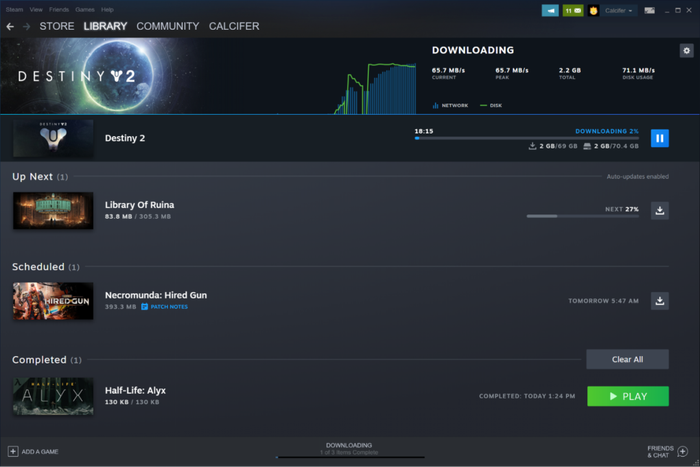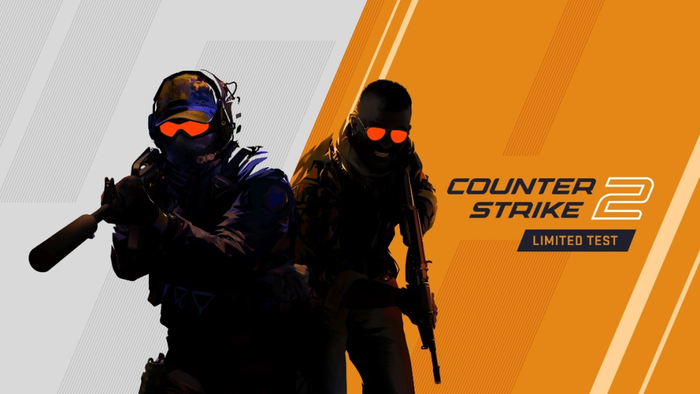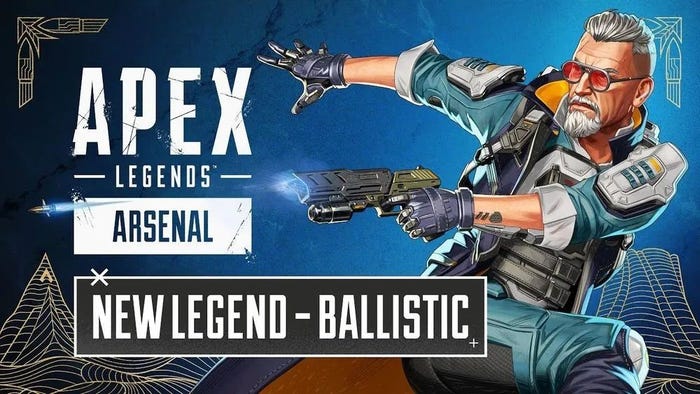Trending
Opinion: How will Project 2025 impact game developers?
The Heritage Foundation's manifesto for the possible next administration could do great harm to many, including large portions of the game development community.
Whether it's an online game or a AAA masterpiece, the frequency of updates is a matter of great concern for both game developers and players.

The updates of the game have always been a topic and concern for both developers and players. Faced with bugs, constantly adjusting operation plans, players' consumption rate of game content, and the regular version schedule, developers sometimes have to updates for many times to the game, even during a short time period. On the other hand, players are conflicted. They despise bugs and expect the game to provide more new experiences such as new modes, heroes, and skins. However, when faced with the "update" button that often requires several gigabytes and the new version upon starting the game, they become a little restless, thinking, "I just want to start a game quickly as usual."
What is the ideal update frequency and pace? AAA games constantly make patches or hot fixes, but is it responsible or irresponsible towards players?

Is it better to have a faster update frequency for games?
First of all, let’s make it clear: it is not.
One thing to consider is that players may not be able to keep up with the pace of game updates. For example, some MMORPGs have major updates every six months, introducing new levels or new parties. In this case, items from six months ago may greatly depreciate after the major update. This kind of update benefits many players by giving them new motivation to obtain equipment and keeping active players engaged. However, for some players, this can be a burden. If they miss a season or if they are new to the game, it becomes difficult for them to catch up with other players.
In addition to these major updates, some games may have additional new content every two weeks or three weeks. Game developers will attract players to log in during each update cycle and complete various tasks within a relatively short time, as they may otherwise miss out on many events/task rewards.
In addition, for some competitive games, excessively frequent updates will greatly increase the learning cost for most players. If combos in games like Naraka: Bladepoint are adjusted every month, it would be a disastrous experience for players. Because action games differ greatly from FPS or MOBA game genres, there are combo moves and various combinations of skills. Players need to spend a lot of time learning these things on the training ground. Therefore, if we constantly update the combos, players will have to continuously learn new ones. If the "special moves" that they spent a lot of time practicing are weakened or become unusable, it will only accelerate player churn.
From the perspective of game developers, launching a new map, hero, or weapon requires a significant amount of manpower and time cost. For example, players often mention the desire for “a new map," but map design is usually one of the most complex elements in the game development process. It easy for the art team to take approximately one year to design, test and release a new map in a game. Similarly, successful battle royale games like Apex Legends and PUBG also require one year to develop and release a new map.
How to find the optimal solution for updating frequency
If you want to find the potential optimal solution for update frequency or pace, first we need to dig a bit deeper on how many ways there are to update a game:
Event-based updates: Games like DOTA2 follow this pattern. These games are often updated (big ones) around major tournaments, whether it's a major update or a minor one, they try to avoid conflicts with the tournaments.
Seasonal update system: Games like Apex Legends follow this pattern. Updates are based on seasons, where each season introduces new battle passes and heroes, while the rest of the time focuses on minor fixes and adjustments.
Short frequency updates: Games like Naraka: Bladepoint fall into this category. Although they also have seasons, new content is released every 1-2 weeks, usually on Thursdays, with a relatively fixed frequency.
Random update mode: Games like CSGO follow this approach. Updates happen without obvious signs, even announcing the release of CS2 had no prior indications.

After understanding more about the update modes, a general conclusion might be drawn: there is no best update rhythm, and there is only the most suitable update pace for a particular game.
Each of the mentioned games is a leader in terms of player numbers in the industry, and they have chosen different paths for updates. For example, in CSGO, a game that heavily relies on muscle memory for recoil control, major changes are unlikely. Even when developers want to weaken or strengthen a weapon, they mainly balance it by adjusting the weapon's price or magazine capacity, without altering the weapon's trajectory. On the other hand, in a game like Apex Legends, which has more elements of hero shooting and tactical competition, unlike traditional shooters, it requires more maps, more heroes, and new elements to provide players with a fresh experience and retain them.

In addition, the unique attributes of games like Apex Legends and DOTA2 make it difficult for the game to achieve perfect balance. Even if a "perfect balance" is achieved in the early stages of a new version release, over time, a large online game will inevitably evolve to have more optimal solutions. They all start adopting the same strategies, such as players choosing relatively fixed heroes and fixed firearms, which makes ordinary games or matches boring because many of the choices in the game are similar. The better solution is to release updates to rebalance and change the existing optimal solutions.
So, with so many game update modes, how should the development team try to find these optimal solutions and balances? From the perspective of the version priority, updates can be determined based on the urgency of the update contents. For example, major bugs that have a significant impact or high severity should be addressed in planned version updates, and sometimes even emergency updates are used to solve these issues. In addition to bugs, experience issues that are clearly mentioned by a higher proportion of players may also be given higher priority and included in the upcoming updates.
Secondly, the depth of the impact caused by the issues presented in the game content is a reference for the development team when deciding update pace. For example, if the current game content consumption rate is much slower or faster than originally planned, it can have a significant impact on all players, especially highly active users. In such cases, it is necessary to prioritize these issues and include them in the high-priority update sequence. Another example is when certain purchased equipment does not meet the expectations of many players after implementation, or if its numerical bonuses have a strong suppressive effect on specific characters in PvP gameplay. Issues like these, which have a significant negative impact on certain player groups such as paying players or PvP players, should be promptly adjusted in the most recent updates.
Of course, the examples mentioned above are just factors that affect the priority and frequency of updates. During the operation of a game project, there are still many other parts to consider. The development team should always be with the users, constantly exploring a suitable update rhythm based on the unique features of their own game, combining information from the game's current state, development schedule, and player feedback.
You May Also Like